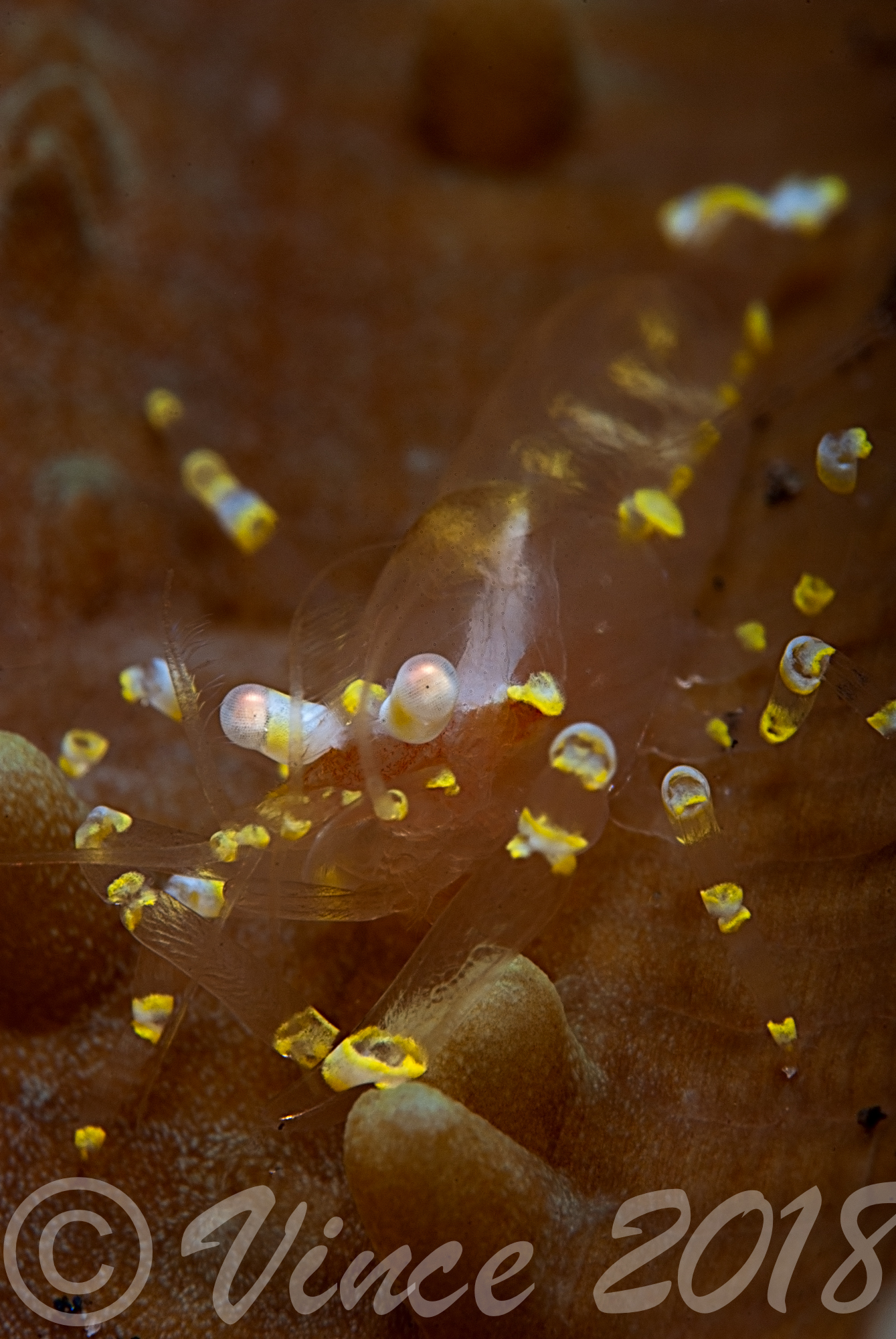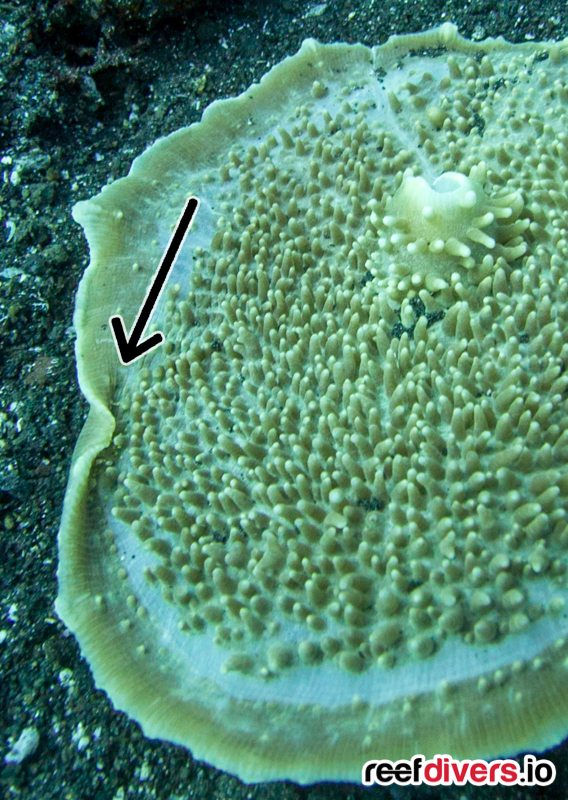Beauty in the Beast
Ok, we are all about corals, but after years of learning the basic of Underwater Macro Photography, in order to shoot our beloved corals, I noticed that many of the best UW macro-photography subjects are actually bonded to corals. And as I usually dive unguided in Bali, so I quickly learned to look for the right animal associated with the right coral to find the perfect subject.
Then when a particular coral is spotted, it just takes a quick look, to actually spot the shrimp, crab, fish, seahorse, pipefish, which are the highly sought after macro subjects. That’s why we will start a new series called ‘Learn Your Corals, To Spot Your Model’.
We will start this series with an easy and ugly one, Amplexidiscus fenestrafer a.k.a the Disc Anemone or the Elephant Ear Anemone. Actually, this coral is technically not a real anemone but a corallimorpharia or mushroom anemone, which are colonial anemones, composed a narrow foot/column topped with a wide coral disc equipped with numerous tentacles and a mouth in its center.
This brown/yellow coral can reach a foot in diameter, that’s why they are also called plate anemones. Like any other anemone, it’s able to feed on almost anything that will land on it, even a small fish that can’t really escape. But will mainly consume small particles of plankton and marine snow, which ciliated cells will carry to the mouth for absorption. When it captures large prey or large quantity of small food, it will inflate and close up, like a ball.

Now that we know what the host looks like, let’s check out the symbiont that is the most interesting for the UW Photographer. This commensal Disk Anemone Shrimp, Pliopontonia furtiva is a very cute little shrimp, with a mainly transparent body, yellow markings, and pink eyes.
If you take a closer look you can see the shrimp likes to pull the anemone tissue around its body like a blanket, and protects itself inside the fold. It usually sits on the outside perimeter of the coral or near the mouth. Just need to locate a suspicious folded part of the coral and look inside. And usually, the little beauty shrimp is right there!
This shrimp is quite small, usually barely over a centimeter long, so your +10 Diopter will be of great help in order to get a nice close-up shot.



